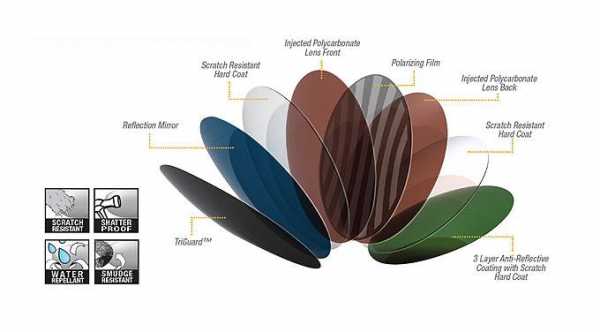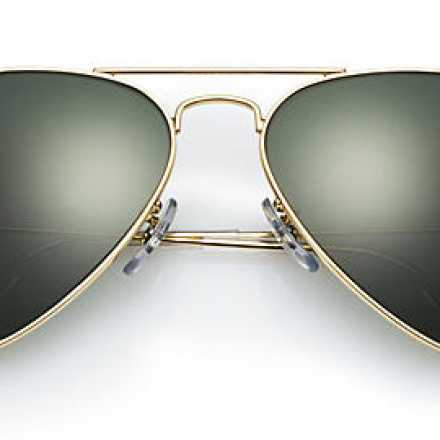
Lens Coatings
Part of buying eyeglasses is choosing lens coatings. Some are actually built-in and some will be offered for a price. First let us understand what lens coatings are. Lens coatings are layers of materials applied on the surface (front, back, or both) of a lens. Think of these as add-ons or upgrades. They are not absolutely necessary especially if the budget is tight, but they can significantly increase aesthetics and performance.
Ultraviolet (UV) Coating
The UV coating blocks the harmful UV rays that may otherwise pass through the lens. It is like sunscreen/sunblock to the skin. Studies have shown the negative effects of UV exposure to the eyes. It is particularly linked to cataract and macular degeneration. Most lenses and sunglasses have a built-in 100% protection from UVA and UVB. When choosing your lenses, check with the seller if additional UV coating is required.
Scratch-resistant Coating
There is no such thing as “scratch-proof”. The scratch-resistant coating is designed to help minimize damage from minor falls and mishaps. A lot of people tend to clean their lenses with any material they can put their hands on—tissue papers, handkerchief, or even their shirt. The use of inappropriate cleaning materials tends to scratch the surface of the lens more. Scratched lenses can be bothersome and can eventually affect vision. The use of anti-scratch coating generally helps to extend the life of the lenses and thus ensure better vision.
Plastic lens materials are relatively soft, that’s why they are manufactured with anti-scratch coating to increase durability. Check with the seller if additional coating is necessary.
Anti-reflective Coating
Anti-reflective coating (aka anti-glare coating or AR coating) helps to eliminate distracting reflection and glare from both the front and back surfaces of the lens. It is highly recommended if you’re using or planning to buy lenses made of polycarbonate and high index plastic as they tend to reflect light more compared to other materials. It also helps minimize appearance of halos around light which can be very distracting especially if driving at night. The use of AR coating also provides better comfort during prolonged computer use.
Aside from better vision and comfort, they make the eyeglasses look more attractive as the lens would appear nearly invisible due to the absence of light reflections.
Anti-fog Coating
Moving from a cooler environment to a warmer one causes condensation of moisture on the surface of the lens. This may pose a safety concern. The anti-fog coating absorbs moisture to prevent fog from forming, and thus ensures clear vision even during transition from cooler to warmer environment.
Photochromatic Treatment
Photochromatic treatment allows the lens to automatically darken upon exposure to sunlight. The darkening is a response to the sun’s UV rays. This is perfect for people who are highly sensitive to sunlight. Think of it as having both prescription glasses and sunglasses in one pair of eyeglasses.
Mirror Coating
Mirror coating reflects light away from the eye. Application of mirror coating on sunglasses makes the wearer’s eyes invisible to others. Aside from cosmetic use, it works well with outdoor sports where the reduction of light reflection is required, such as winter sports.
Tint
Tinted lenses aren’t just for aesthetic purposes. Different tints serve different purposes and are now being taken advantage by athletes. Lens tint improves contrast, enhances depth perception, and reduces eye fatigue.








